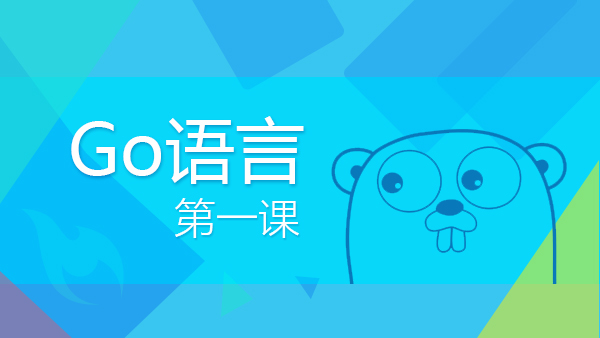今天带大家来学习一个特殊的golang语法。
我们看一下context的结构,会发现一个很新鲜的channel语法:
// A Context carries a deadline, cancelation signal, and request-scoped values
// across API boundaries. Its methods are safe for simultaneous use by multiple
// goroutines.
type Context interface {
// Done returns a channel that is closed when this `Context` is canceled
// or times out.
Done() <-chan struct{}
// Err indicates why this Context was canceled, after the Done channel
// is closed.
Err() error
// Deadline returns the time when this Context will be canceled, if any.
Deadline() (deadline time.Time, ok bool)
// Value returns the value associated with key or nil if none.
Value(key interface{}) interface{}
}注意看Done() <- chan struct{},这个函数的声明怎么这么奇怪呢?下面来分解一下。
Done() chan struct{}:如果函数定义改成这样,其意义是,
函数名Done,参数(),返回值chan struct{}。
单独拿返回值来说,它是一个管道chan,内部的数据类型是struct{}。
单独拿struct{}来说,我们熟悉type Name struct{a int, b bool}这样去定义一个结构体的类型,其实struct{...}就是定义结构体,和map[string]int这种定义是一样的,type只是给它启了一个别名。
<- chan struct{}:单独看这个表达式,我们知道如果ch := make(chan struct{}),那么<- ch是从管道里取出数据。但是chan struct{}是类型而不是变量,竟然能从一个类型里取数据??
其实<-chan int仍旧是一个管道类型,它叫做单向channel。如果是<-chan int,说明是只能读不能写的管道(也不能关闭),如果是chan <- int,说明是只能写不能读的管道(可以关闭),仅此而已!(扩展阅读)



 随时随地看视频
随时随地看视频




